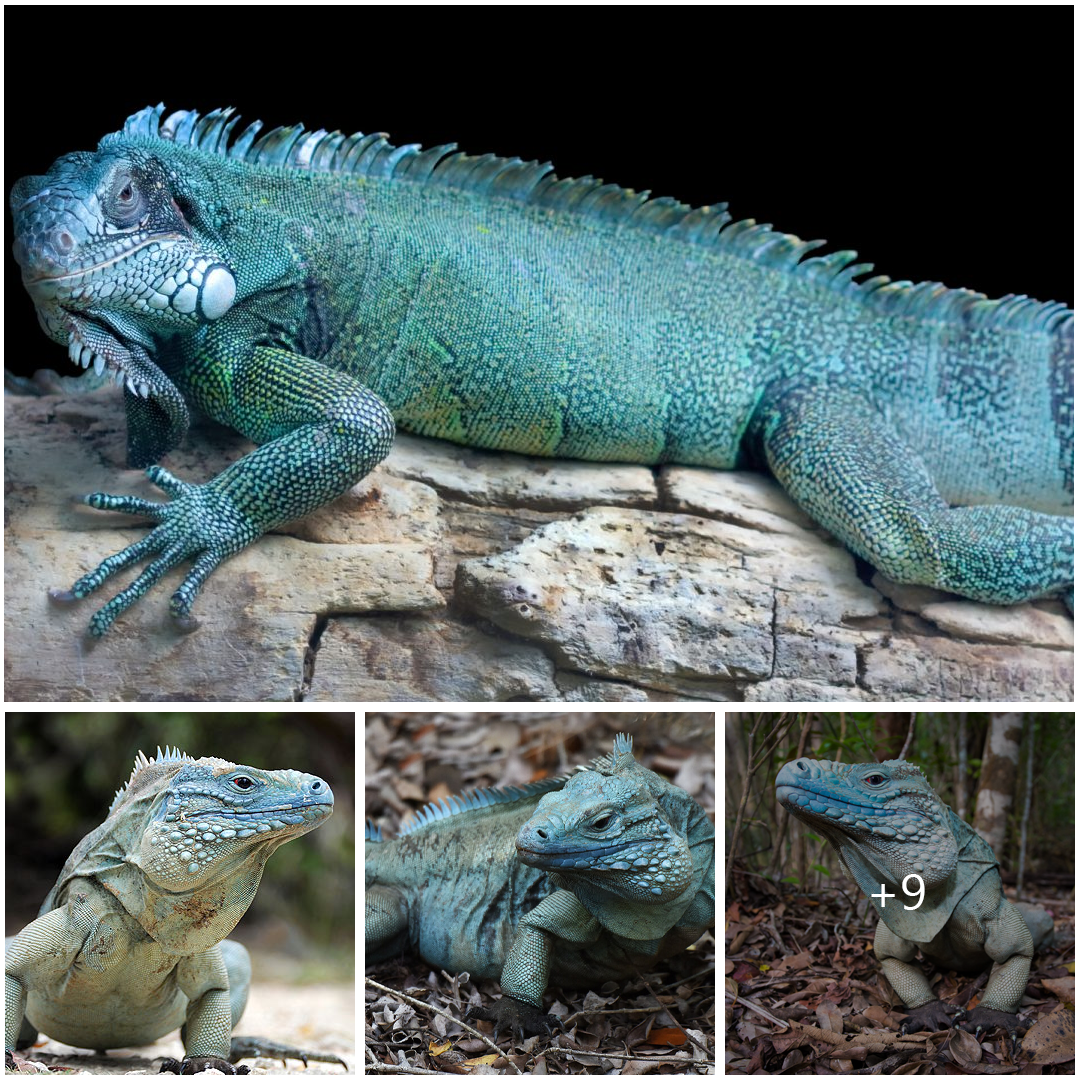
Discovering the Enigmatic Grand Cayman Blue Iguana: A Tale of Conservation and Resilience
The Grand Cayman blue iguana (Cyclura lewisi) is a captivating reptile native to the island of Grand Cayman in the Caribbean. With its stunning blue-gray coloration and imposing size, this iconic species has captured the imagination of nature enthusiasts around the world. In this article, we delve into the fascinating world of the Grand Cayman blue iguana, exploring its unique characteristics, conservation status, and the efforts being made to protect it.
Endemic to the island of Grand Cayman, the blue iguana is a symbol of the region’s natural heritage and biodiversity. Once facing imminent extinction due to habitat destruction and predation by invasive species, the Grand Cayman blue iguana has experienced a remarkable recovery thanks to dedicated conservation efforts.
One of the most significant threats to the Grand Cayman blue iguana is habitat loss, primarily due to urban development and agriculture. Conservation organizations such as the Blue Iguana Recovery Program work tirelessly to protect and restore the iguana’s natural habitat, ensuring that future generations will continue to enjoy the presence of this iconic species.
In addition to habitat protection, captive breeding programs play a crucial role in the conservation of the Grand Cayman blue iguana. By breeding individuals in controlled environments, researchers can bolster wild populations and reduce the risk of inbreeding and genetic bottlenecking.
Overall, the story of the Grand Cayman blue iguana is one of resilience and hope. Through collaborative conservation efforts and public awareness campaigns, we can ensure that this majestic reptile continues to thrive in its natural habitat for generations to come.





